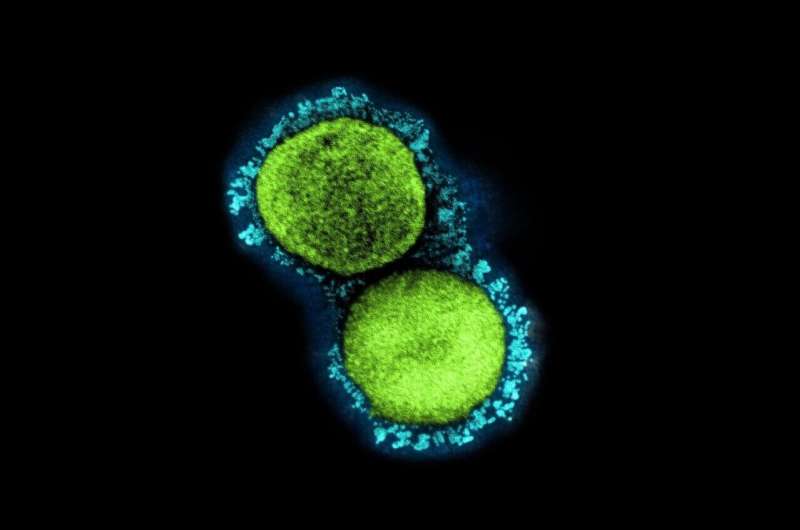New Insights into Chromosome End Protection and Its Role in Disease and Cancer

Research uncovers how cells protect chromosome ends (telomeres) from harmful repair activities, impacting understanding of aging, genetic diseases, and cancer development.
Scientists have uncovered a novel mechanism that safeguards the tips of chromosomes, known as telomeres, from unintended repair processes that can have fatal consequences for cells. While DNA repair is critical for survival, the cell must prevent repair at chromosome ends, which otherwise resemble broken DNA and risk fusion events leading to genomic instability or cancer. The recent study, published in Nature, was led by researchers from Linköping University and the Institute of Cancer Research in the UK, and sheds light on how cells distinguish between damaged DNA and natural chromosome ends.
Telomeres serve as protective caps for chromosomes, but their maintenance involves a delicate balance. They must be protected from the cell’s repair mechanisms to prevent fusion and mutations, yet still allow the repair of actual DNA damage elsewhere. The research focuses on key proteins such as DNA-PK, RAP1, and TRF2. It was shown that RAP1, recruited by TRF2, directly interacts with DNA-PK to inhibit its activity at telomeres, thus preventing erroneous repair.
This discovery provides valuable insight into telomere biology, with implications for understanding diseases caused by telomere dysfunction, such as premature aging disorders, blood cell deficiencies, and lung fibrosis. Approximately half of such cases are linked to mutations affecting telomere stability, but many remain unexplained. The findings may help clarify these mysterious cases.
The research also has significant implications for cancer biology. Inappropriate telomere repair can lead to chromosome fusions and mutations, fueling tumor development. Conversely, many cancer cells exhibit deficiencies in DNA repair pathways, which can be exploited therapeutically. By better understanding how proteins like RAP1 and TRF2 regulate telomere protection, scientists hope to develop more targeted treatments for cancer and other telomere-related diseases.
Overall, these advancements deepen our understanding of cellular DNA maintenance mechanisms and open new avenues for therapeutic strategies targeting telomere stability and DNA repair processes.
Stay Updated with Mia's Feed
Get the latest health & wellness insights delivered straight to your inbox.
Related Articles
Reevaluating the Brain Regions Behind Human Consciousness
Emerging research suggests that the brain's ancient regions, like the subcortex and cerebellum, may play a more vital role in human consciousness than the traditional cortex-focused theories indicate, prompting a rethink in neuroscience.
Menopause and Its Impact on Multiple Sclerosis Presentation and Comorbidities
New research highlights how menopause affects multiple sclerosis presentation and related health conditions, leading to more personalized treatment strategies for women at different life stages.
Obesity Medications Show Promise in Enhancing Emotional Well-Being Alongside Physical Health Benefits
Discover how GLP1 receptor agonists used for obesity and diabetes management may also improve emotional well-being without increasing psychiatric risks, providing a holistic approach to health.



